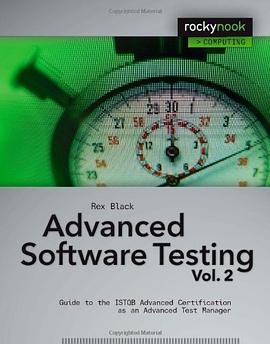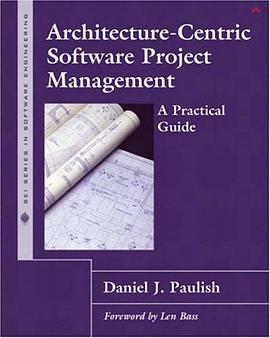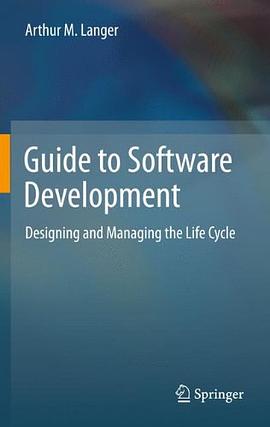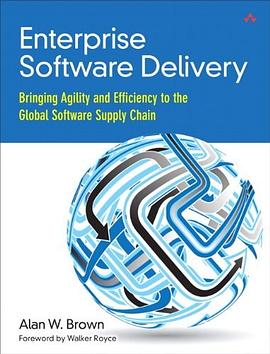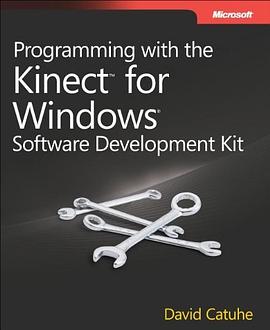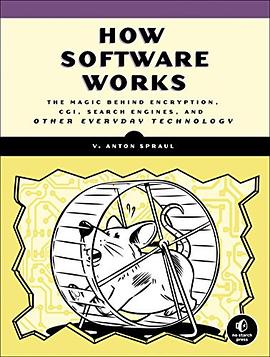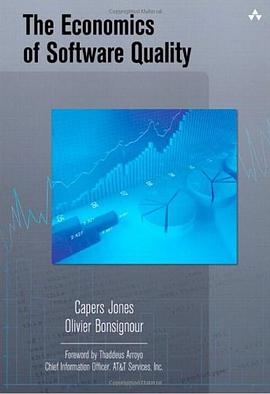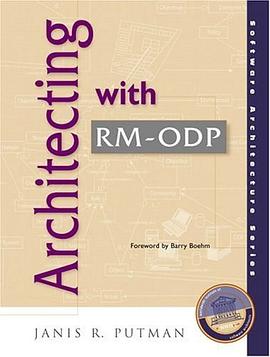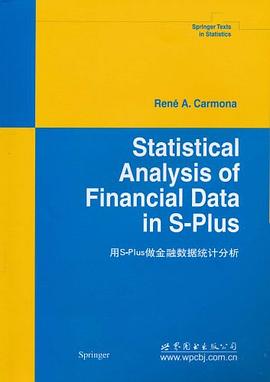

具体描述
《用S-Plus做金融数据统计分析》内容简介:This book grew out of lectures notes written for a one-semester junior statisticscourse offered to the undergraduate students majoring in the Department of Oper-ations Research and Financial Engineering at Princeton University. Tidbits of thehistory of this course will shed light on the nature and spirit of the book.
The purpose of the course is to introduce the students to modem data analysiswith an emphasis on a domain of application that is of interest to most of them:financial engineering. The prerequisites for this course are minimal, however it isfair to say that all of the students have already taken a basic introductory statisticscourse. Thus the elementary notions of random variables, expectation and correlationare taken for granted, and earlier exposure to statistical inference (estimation, testsand confidence intervals) is assumed. It is also expected that the students are familiarwith a minimum of linear algebra as well as vector and matrix calculus.
作者简介
目录信息
· · · · · · (收起)
读后感
评分
评分
评分
评分
用户评价
相关图书
本站所有内容均为互联网搜索引擎提供的公开搜索信息,本站不存储任何数据与内容,任何内容与数据均与本站无关,如有需要请联系相关搜索引擎包括但不限于百度,google,bing,sogou 等
© 2025 book.quotespace.org All Rights Reserved. 小美书屋 版权所有




